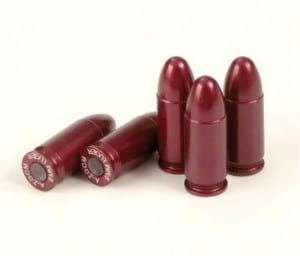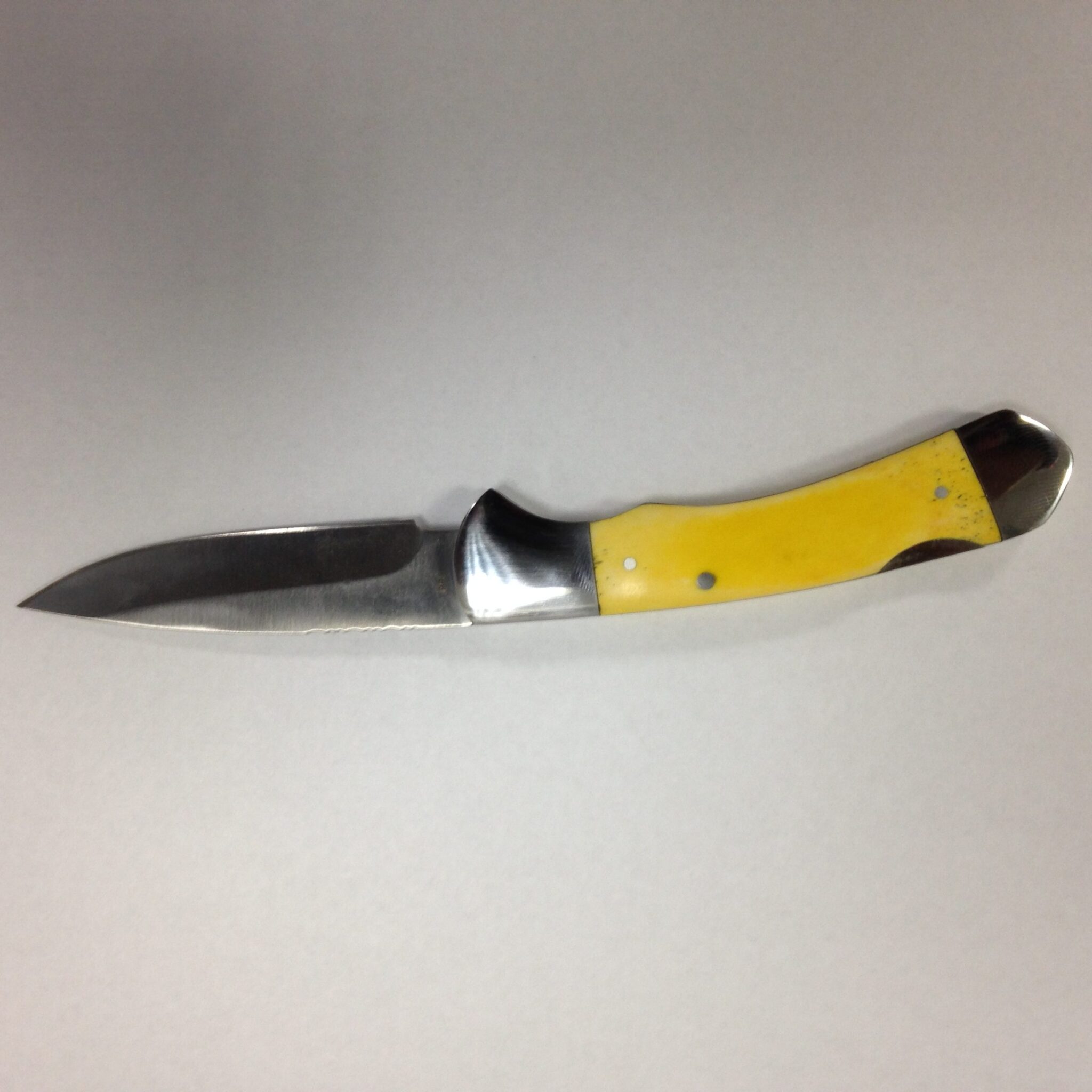
The two loudest sounds in the world are a bang when you expect a click and a click when you expect a bang.
Strict adherence to the rules of firearms safety can prevent the first and practice can aid in speedy recovery from the latter.
Through the years I have seen amateurs and professionals hesitate for a varying amount of time when they experience a failure to fire (FTF) or double feed malfunction on the firing line.
Since it is not a part of regular skill development very few shooters can instantaneously correct a malfunction and continue shooting. Instead they stare at the firearm as if asking it to instruct them on what to do to correct the malfunction.
No one ever plans on having a malfunction, but those that are really good at what they do (golfers i.e.) regularly practice the skills that will get them out of the rough or other hazard. Shooters should do the same thing.
A FTF can happen at any time for a variety of reasons; Limp wristing, bad hand loads, faulty factory ammo etc… An irrevocable truth of firearms is that if a shooter has not yet had a malfunction, they will.
The purpose of this article is not how to correct these malfunctions. There are different methods taught by departments and shooting schools. The goal being that whatever method is used in a real life situation or “on the clock” competition the firearm needs to be returned to service quickly.
To become proficient at clearing a FTF or other malfunction use Dummy Rounds. For years I used “dummies” that were assembled without primer and powder on a reloading press. Recently I have been using store bought dummies that can be purchased for less than a buck apiece from several sources, including the NRA website under the Instructor Materials Tab.
The biggest problem with homemade dummies is the bullet will loosen or slip deeper into the case. The store bought dummies are made with a nickel cartridge case in any number of calibers and a polymer “bullet” that will not loosen or setback after extended use. The polymer can be bright orange or green that makes them easily found on the range.
Knowing how to clear a FTF malfunction firearm is critical and shooters that are not familiar with this skill may find it helpful to seek professional guidance before incorporating it into their practice sessions.
When I conduct an advanced skills clinic every magazine, with rare exception, has at least one dummy round loaded in it. BANG, BANG, click, (perform clearing function), BANG. In this manner the process is ingrained and becomes automatic should it occur unexpectedly.
On the next several trips to the range, no matter what other skills will be practiced, load one to two dummy rounds in every magazine. Five dummy rounds distributed between three magazines is a good ratio. Even better load magazines for each other. This will eliminate the distraction of trying to remember where the dummy round/s was loaded in the magazine.
How much time is lost when the firearm goes click and a shooter stares at it waiting for it to tell them what to do? Unpracticed shooters, in my experience, take from five to ten seconds or more to clear an FTF. Those shooters that practice this skill regularly can perform it instantaneously and be back on the trigger in less than two seconds. That does not sound like much but it can be the difference between first and fifth in a competition or an eternity in a real life situation.
This skill can also be practiced at home as well.
Disclaimer: Unload the firearm in one room. Take only the firearm and dummy rounds to the “designated practice area” in another room. No ammo should ever be in the room where the “designated practice area” is located.
Load a magazine with a few dummy rounds. With one in the chamber activate the trigger for the expected “click”. Perform the FTF malfunction drill that is appropriate for the firearm being used. Make this a part of “dry fire practice” through several magazines each time and it can become so ingrained that a “click instead of a bang” will hardly be noticed on the “clock”.
Another exercise that can be practiced is the dreaded “double feed”. Drop a dummy round or expended case in the chamber, insert the magazine loaded with one dummy round and release the slide. The dummy round in the magazine nudges up against the dummy round or empty case in the chamber setting the firearm up for a “double feed” clearance drill. Use whatever technique has been learned to practice clearing the firearm.
Note that I am not hyping one particular method over another. I am simply encouraging shooters to incorporate whatever FTF malfunction clearing method is preferred into an ongoing training regimen so that valuable time will not be lost when a FTF occurs for real.



